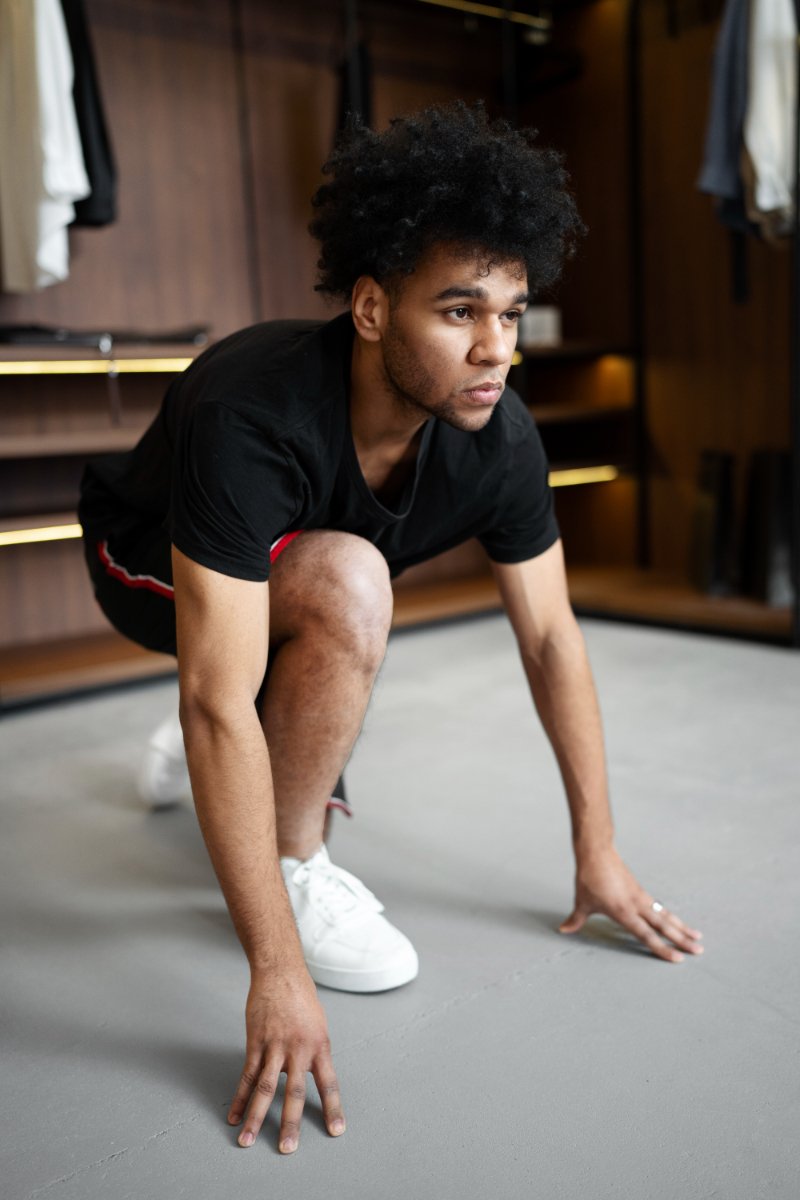REHABILITATION AFTER HIP REPLACEMENT

A rehabilitation program is an important part of the recovery after hip replacement. The program is designed to restore your strength and ability to return to your activities over time.
This post-operative protocol is a general guideline that you can follow to ensure that you are progressing properly after your surgery. Remember that every person is different, and your specific progression through the protocol may be faster or slower.
Do not rush ahead to do more challenging exercises if what you are doing does not feel strenuous. You may go slower if it feels too difficult. Your body needs time to heal. Please call us if you have any questions about the protocol.
Suggested Rehab Exercises
Exercise is an essential part of recovery. Initially you will want to rest after your surgery, but then you will want to start doing simple exercises. Start small first, and work your way into more repetitions of the exercises.
We understand that exercise is not the first thing that comes to mind when you think about relieving hip pain and recovering from surgery, but this will help your body integrate with your new hip, as well as help your muscles support your hip.
Click on the exercises listed below for a description and video of how to perform the exercise.
| Exercise | Week 1 | Week 2 | Week 3-4 | Week 5-6 | Week 7-8 |
|---|---|---|---|---|---|
| Ankle Pumps | ✔ | ✔ | |||
| Quad Sets | ✔ | ||||
| Quad Arcs | ✔ | ✔ | ✔ | ||
| Glute Sets | ✔ | ✔ | ✔ | ||
| Heel Slides | ✔ | ✔ | ✔ | ||
| Side Leg Slides | ✔ | ✔ | |||
| Standing Side Leg Raise | ✔ | ✔ | ✔ | ||
| Standing Hamstring Curl | ✔ | ✔ | ✔ | ||
| Adductor Squeeze | ✔ | ✔ | |||
| Calf Raises | ✔ | ✔ | |||
| Mini-Squats | ✔ |
Directly After Your Surgery
We will give you post-op instructions before you undergo surgery. Here are some basic suggestions for those who undergo hip replacement surgery:
- Have a Designated Driver: You will need someone to drive you to the hospital after your surgery, and you will also need to avoid using your new hip for a couple of days. Have someone you know drive you around if you need to be somewhere.
- Take Time off of Work: Your movement will be limited for at least a week after your surgery, and you will need time to rest and recover. We recommend taking that time off of work so you can focus on improving your wellness.
- Take Pain Relief: We may offer you prescription pain reduction, and you can also take a rotation of NSAIDs and over-the-counter pain relief. Dr. Nelson will give you recommendations on how often to take medicine and what kind.
- Use Hot and Cold Packs: Alternating between hot and cold packs can lessen swelling and pain in the area. Make sure to keep the temperature moderate and place very light pressure on the area.
- Treat Your Wound with Care: Do not pick at the stitches or glue over your surgical wound. You can expect it to heal in 2–4 weeks, and you may need to come visit us to have us remove your stitches.
You can always call Dr. Nelson’s team with any questions or concerns about recovery.
If you notice that your wound is red, puffy, irritated, or highly itchy, you may be suffering from a complication or infection. Reach out to our office immediately to be seen by Dr. Nelson again.

Success Rates for Hip Replacement
Hip replacement rejection, known as implant failure or loosening, is quite rare, especially with modern surgical techniques and advanced materials. The rejection rate for hip replacements is low, with most implants lasting 20 to 30 years or more. However, in rare cases, the body may react negatively to the implant or an infection may occur, leading to complications.
Symptoms of a rejected hip replacement include:
In some cases, redness, warmth, or drainage from the incision site may indicate an infection.
If you experience any of these symptoms, it’s essential to contact Dr. Nelson immediately for an evaluation and appropriate treatment. Early intervention can help address any issues and protect the health of your hip joint.
Long-Term Recovery and Maximizing Your Results
Recovering from hip replacement doesn’t stop once you’ve completed your initial rehab. Maintaining strength, flexibility, and mobility will help you get the most out of your new hip for years to come.
- Stay Active: Engage in low-impact activities like walking, swimming, or cycling to keep your joint strong and mobile.
- Follow Up with Dr. Nelson: Regular check-ins ensure that your hip is functioning properly and allows us to address any concerns early.
- Listen to Your Body: Discomfort can be expected as you heal, but persistent pain or swelling should be evaluated by our team.
By following these guidelines, you can enjoy long-term success with your hip replacement and confidently return to the activities you love.

Learn More About Hip Replacement and Recovery
Dr. Nelson is dedicated to supporting you through every stage of your recovery, from surgery to rehabilitation. With his expertise in hip replacement and personalized care, you can confidently regain your mobility and return to a pain-free lifestyle. Reach out today to learn more about the rehabilitation process and how Dr. Nelson can help you achieve a successful recovery.